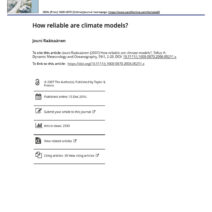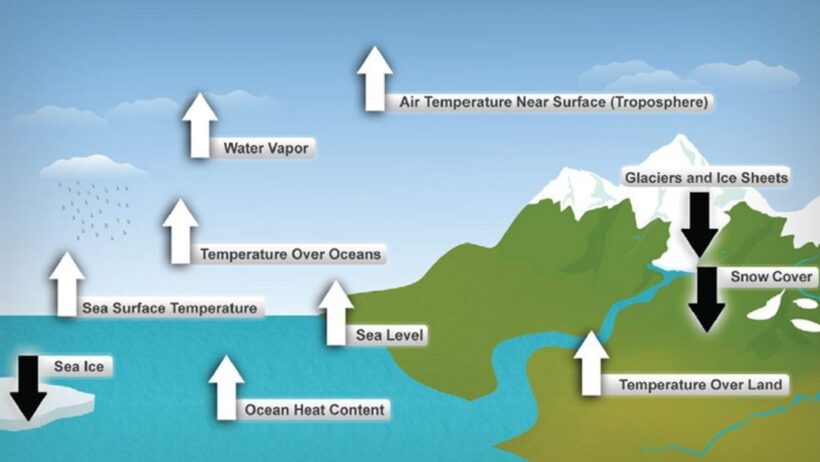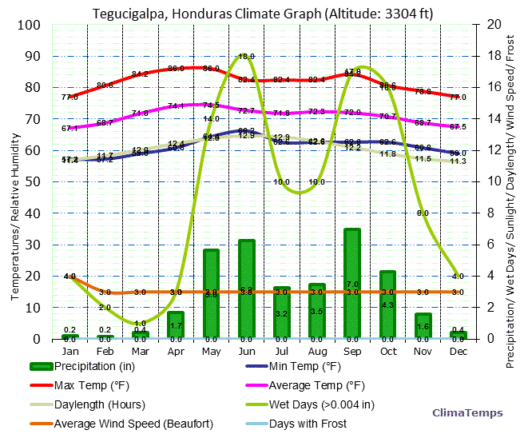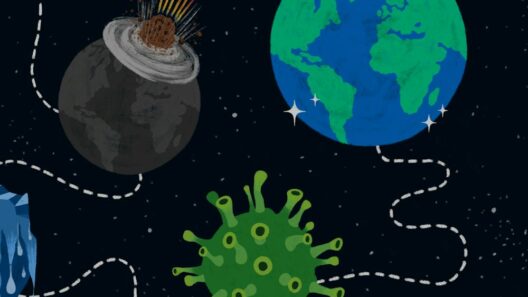Volcanoes, often perceived as capricious giants slumbering beneath the Earth’s crust, are not merely harbingers of destruction; they also wield a powerful influence in the intricate dance of our planet’s climate system. In an era overwhelmed by anthropogenic warming, it is essential to explore the nuanced relationship between volcanic activity and climate dynamics. This fusion of geology and climatology reveals an unexpected ally in our quest to comprehend climate change.
At their core, volcanoes operate as Earth’s natural thermostats. They belch out vast quantities of gases and particulates into the stratosphere, but their impact on climate oscillates between epochs of warming and cooling. The juxtaposition of these opposing forces creates a complex interplay, similar to an orchestra where each instrument must find harmony amidst cacophony. Understanding this connection is vital to grasp the full scope of how the Earth’s systems interact.
During episodes of geological upheaval, such as a volcanic eruption, the sheer volume of ash and sulfur dioxide released can instigate a temporary cooling effect on the planet’s surface. When these particulates ascend into the atmosphere, they reflect sunlight away from Earth, much like a solar shield unwittingly employed by the Earth itself. This phenomenon, exemplified by the eruption of Mount Pinatubo in 1991, offers a clear case study; the eruption led to a significant global temperature drop, underscoring the latent power of volcanic activity in influencing climate.
Yet, this cooling is ephemeral. The largest eruptions may exert a cooling influence for several months to a couple of years, but the long-term impacts of climate change driven by human actions dwarf these volcanic efforts. The volcanic ash, while temporarily blocking sunlight, eventually settles back to the surface, leaving the underlying trends dictated by greenhouse gas emissions largely unchanged. Herein lies the paradox: volcanoes can provide cooling relief but cannot reverse the relentless trajectory of a warming world.
Moreover, the geological records etched in rock strata narrate a compelling story of climate fluctuation through time. The interplay of volcanic eruptions and climate change becomes even more apparent when examining historical epochs marked by significant volcanic activity. The Deccan Traps, an expansive volcanic province in India, coincided with the mass extinction event that heralded the demise of the dinosaurs. This pattern reflects the ability of massive volcanic emissions to provoke long-lasting climatic changes that may indeed catalyze ecological shifts.
Yet, the modern context presents a radically altered landscape. As volcanic eruptions continue to excite the curiosity of scientists and laypeople alike, their episodic cooling effects must be viewed through the lens of contemporary climate paradigms. Just as a candle flickers in a gale, the transient cooling from volcanoes struggles to counterbalance the torrential increase of greenhouse gases, chiefly from fossil fuel combustion, deforestation, and industrial activities.
Furthermore, the shifting climate may induce changes in volcanic behavior, creating another layer of complexity in the relationship. Warmer temperatures and altered precipitation patterns can affect tectonic movements and magma systems. Some scientists propose that climate change may unlock the potential for increased volcanic activity, introducing an additional cascade of effects. Thus, we encounter an intricate web where climate and geology are inextricably linked, each influencing the other in bizarre and unforeseen ways.
In this arena, the metaphor of a double-edged sword becomes pertinent. While volcanoes possess the capability to cool the planet momentarily, they also continue to release carbon dioxide—a notorious greenhouse gas—over long periods. Even in their dormant states, volcanoes can be the passive contributors to the atmospheric burden, as ancient eruptions contribute to the carbon reserves seeping into the climate system over geological time scales. Consider the classic volcano as not just a fierce adversary, but a multifaceted participant in the climate saga.
Moreover, the urgency of tackling climate change prompts new inquiries into volcanoes’ potential benefits in a warming world. Researchers are exploring the concept of geoengineering, where controlled volcanic-like eruptions could be used to intentionally inject sulfur dioxide into the stratosphere to combat climate change. While the notion is fraught with ethical and practical challenges, it embodies the compelling thought that humans might mimic nature’s own systems to address the crisis we have created.
As we stand at the precipice of irreversible climate changes, it becomes paramount to scrutinize the role of these geological wonders through a modern lens. Recognizing that volcanoes have both mitigated and exacerbated climatic shifts throughout Earth’s history draws attention to the importance of balancing respect for natural processes with urgent action to reduce greenhouse gas emissions. The planet’s ecosystems and human societies depend on this delicate balance.
In conclusion, the linkage between volcanoes and climate serves as a potent reminder of nature’s complexities. It is a beguiling narrative of resilience and vulnerability, where these titans of geology wield the capacity to influence climate, yet cannot remedy the shortcomings of humanity’s actions. As global temperatures rise and the frequency of catastrophic climate events escalates, understanding and respecting the role of volcanoes may provide insights, albeit humbling ones, into navigating a warming world. The relationship may be fraught with contradictions, but it also underscores the importance of comprehending the intimate connections we share with the Earth’s dynamic systems and encourages us to reconsider our place within this vast planetary orchestra.





